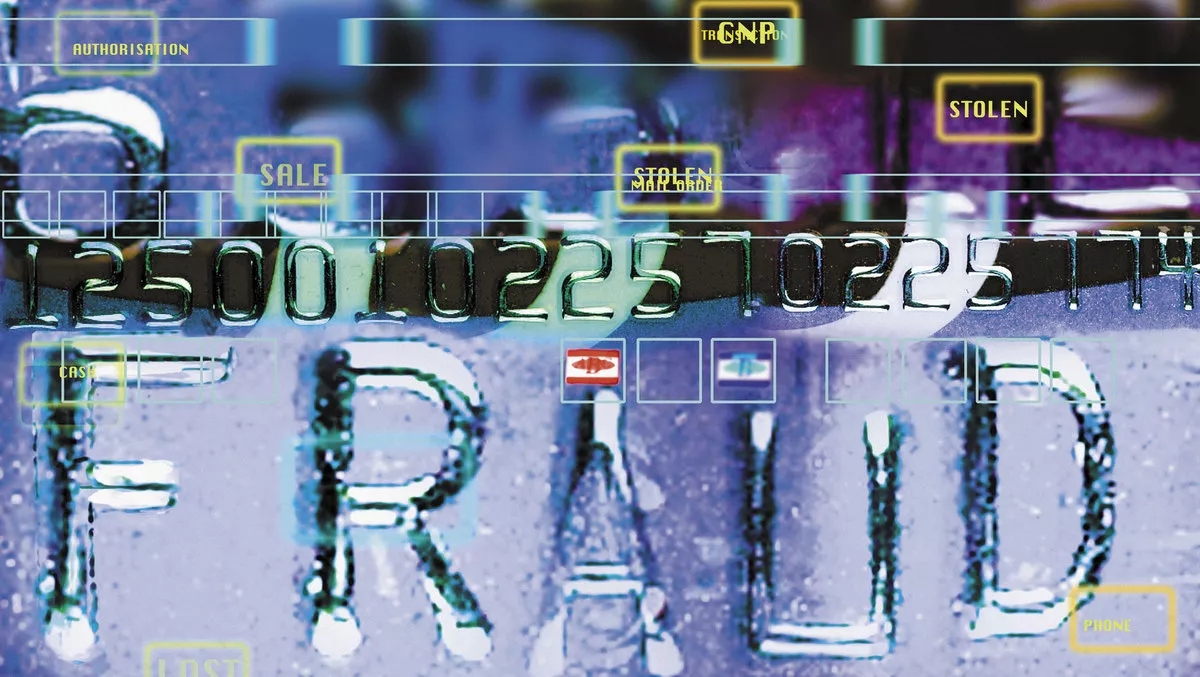
Meeting the card payment industry’s compliance requirements - Kemp
Criminal elements are increasingly attracted to the opportunity presented by the growth in eCommerce, especially as chip technology has reduced avenues for other types of card fraud.
Combating CNP (card not present) fraud has become a key priority across the entire eCommerce community.
Technology has a key role to play in Payment Card Industry – Digital Security Standard (PCI-DSS) compliance.
Businesses are advised to seek an advanced solution that comes standard with support for private, public and hybrid cloud environments and can be deployed on a wide array of platform types.
This will make it easy for them to scale and optimise their application infrastructures.
With features including integrated distributed denial of service (DDoS) mitigation, intrusion prevention/intrusion detection (IPS/IDS), authentication verification and web application firewalling (WAF), users can be assured that their deployment is well protected.
Technology that inspects incoming traffic, even in encrypted streams, is an ideal placement for these types of service.
Although such solutions are not PCI-compliant, they help customers to meet those requirements for their deployments.
Here's how:
Deny traffic from untrusted networks and hosts.
All systems in a PCI DSS-compliant environment must be protected from unauthorised access from the Internet, regardless of source. Network firewalls play a key role in meeting this requirement. A web application firewall protection further supports this by limiting access to only explicitly allowed entities and using only the protocols that are dictated as allowable on published services.
IP reputation checking and blacklisting also make it possible to explicitly prevent access to application services by untrusted networks and hosts.
Do not use vendor-supplied defaults for system passwords and other security parameters.
Default passwords are one of the easiest ways for hackers to infiltrate networked environments and exploit vulnerabilities. Failure to change default passwords at deployment is a leading contributor to successful attacks. To support this requirement, selected cloud, virtual and hardware appliances for ensuring always-on applications require customers to change credentials at initial deployment to ensure that this task is always completed with every installation.
Mask account numbers when displayed.
While the parent objective of this requirement touches significantly on encryption, it focuses primarily on the obfuscation of PAN data when displayed. The best web application firewall engines can be easily configured through supplied and custom rules to look for patterns in web application server response data to prevent the leakage of sensitive personal information, such as credit card and social security.
Protect encryption keys from disclosure and misuse.
The protection of cryptographic keys used to encrypt transmitted cardholder data is imperative since access to these keys would result in the ability to decrypt data. The default protection afforded encryption keys by leading technology is strong. All key exports can only be accomplished with strong passphrase protection. By supporting FIPS 140-2 Level 2 compliance, a selected load balancer goes a step further, protecting encryption keys through the use of a readily auditable physical hardware security module while delivering the application delivery functionality and support for all other listed PCI requirements.
Use strong cryptography and security protocols
Since the Internet is an open and public network, criminals can easily intercept cardholder data when it is transmitted. To counter this, efficient and up-to-date encryption methods must be used for cardholder data in transit.
High-level security provides an overlay for applications to improve infrastructure security. This technology further extends capabilities for administrators to restrict ciphers that can be used to access protected services as well as enable re-encryption for terminated traffic streams to ensure secure end-to-end flows.
Audit and correct application vulnerabilities or implement a web application firewall
Application and system vulnerabilities are often used to gain malicious access to cardholder data.
PCI DSS requirement 6.6 stipulates that all compliant organisations address new threats and vulnerabilities on public-facing web applications on an ongoing basis.
They must also ensure that they are protected against known attacks by reviewing these threats via an application vulnerability security assessment at least annually and specifically after any changes.
An organisation can also install an automated technical solution that detects and prevents web-based attacks (e.g. a web application firewall).
The vulnerability scans and checks needed to meet this requirement are distinct from the assessments that must take place under other PCI DSS requirements.
In order to reduce the number of manual or automated checks that an organisation must conduct as well as ensure that protection is automated, the deployment of a web application firewall is often needed.
Strong web application firewalls integrate an open source web application firewall engine, augmented by information security threat intelligence and research to comprehensively enable ongoing real-time protection against the latest application threats and prevent the exploitation of potential application code vulnerabilities.
With a targeted focus on application-specific exploits missed by traditional firewalling techniques, AFP supports a defence-in-depth security posture, mitigates risk and helps organisations to meet PCI DSS compliance.
A carefully selected platform will enable organisations to address many of the core requirements of PCI-DSS and will prove to be a valuable asset for securing their web application infrastructures.

